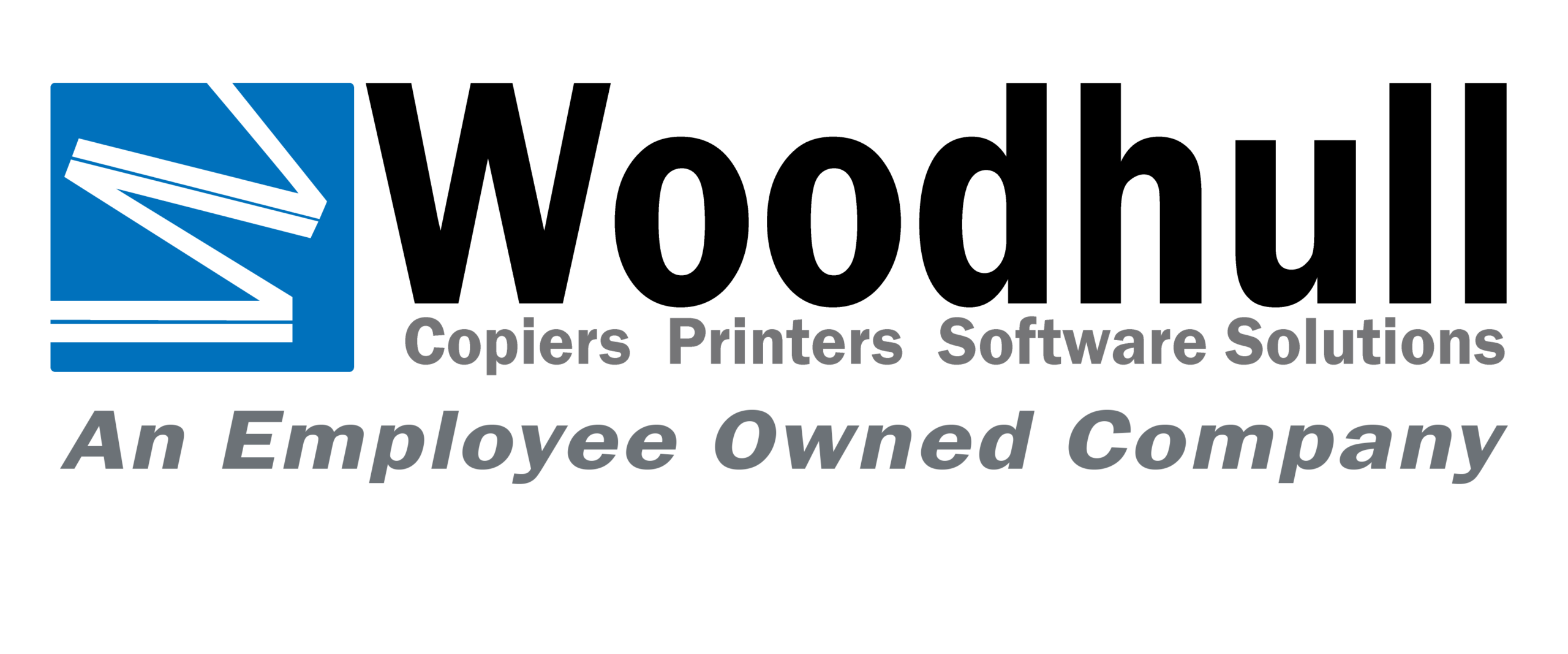In today’s fast-paced digital world, the protection of sensitive information has become a paramount concern for businesses across all sectors. As technology evolves, so do the methods employed by cybercriminals to breach data security protocols. This is especially true in the realm of production printing, where the handling of confidential documents is a daily occurrence. Production printing environments are complex, involving a myriad of processes from data input to final print output, each presenting unique security challenges. In this comprehensive article, we will explore the importance of security in production printing, the potential risks involved, and the strategies and technologies that can be employed to safeguard sensitive documents.
Understanding the Stakes
Before delving into the specifics of security measures, it’s crucial to understand what’s at stake. Production printing often deals with highly sensitive information, including personal data, financial records, legal documents, and proprietary business information. Unauthorized access to such data can lead to financial losses, legal liabilities, and severe damage to an organization’s reputation.
Identifying the Risks
The risks in production printing can be broadly categorized into three areas: physical security, network security, and document security.
-
- Physical Security: This pertains to the protection of the physical machines and the premises where printing devices are located. Unauthorized physical access can lead to theft of printed materials or manipulation of the printing devices themselves.
- Network Security: Production printers are often connected to an organization’s network, making them as susceptible to cyberattacks as any computer. Hackers can exploit network vulnerabilities to intercept sensitive documents or deploy malware.
- Document Security: This involves ensuring that the content of the documents remains confidential during and after the printing process. It includes preventing unauthorized copying, alteration, or distribution of sensitive materials.
Implementing Security Measures
- Secure Network Infrastructure
-
- Network Segmentation: Isolating production printers in a separate secure network segment can limit their exposure to potential threats.
- Firewalls and Intrusion Detection Systems (IDS): These can monitor and control incoming and outgoing network traffic based on an organization’s security policies.
- Regular Software Updates: Keeping firmware and software up to date is critical to protect against known vulnerabilities.
- Authentication and Access Control
-
- User Authentication: Implementing strong authentication methods (e.g., passwords, smart cards, biometrics) ensures that only authorized personnel can access printing devices.
- Role-Based Access Control (RBAC): Defining roles and permissions minimizes the risk of unauthorized access to sensitive functions and documents.
- Data Encryption
-
- In Transit: Encrypting data as it travels to and from the printer prevents interception by unauthorized parties.
- At Rest: Encrypting data stored on printers or associated servers protects against unauthorized access even in the event of physical theft.
- Document Management Practices
-
- Secure Printing: Features like pull printing require users to authenticate at the device before their documents are released, reducing the risk of sensitive documents being left unattended.
- Watermarking and Digital Signatures: These can deter unauthorized copying and ensure the integrity of printed documents.
- Audit Trails: Keeping detailed logs of printing activities helps in monitoring for suspicious behavior and investigating incidents.
- Physical Security Measures
-
- Access Controls: Implementing key card access or similar systems for areas housing production printers can prevent unauthorized physical access.
- Surveillance Cameras: These act as a deterrent and provide evidence in case of security breaches.
The Role of Technology Providers
Manufacturers and vendors of production printing equipment play a crucial role in ensuring the security of their devices. By incorporating advanced security features into their products and offering regular updates and patches, they help organizations protect against evolving threats.
The security of production printing environments is multifaceted, requiring a comprehensive approach that encompasses technological solutions, operational policies, and ongoing vigilance. By understanding the risks and implementing robust security measures, organizations can significantly reduce the likelihood of data breaches and safeguard their sensitive documents against unauthorized access. As technology continues to advance, staying informed and proactive in the face of security challenges will remain essential for protecting the confidentiality, integrity, and availability of printed materials.
